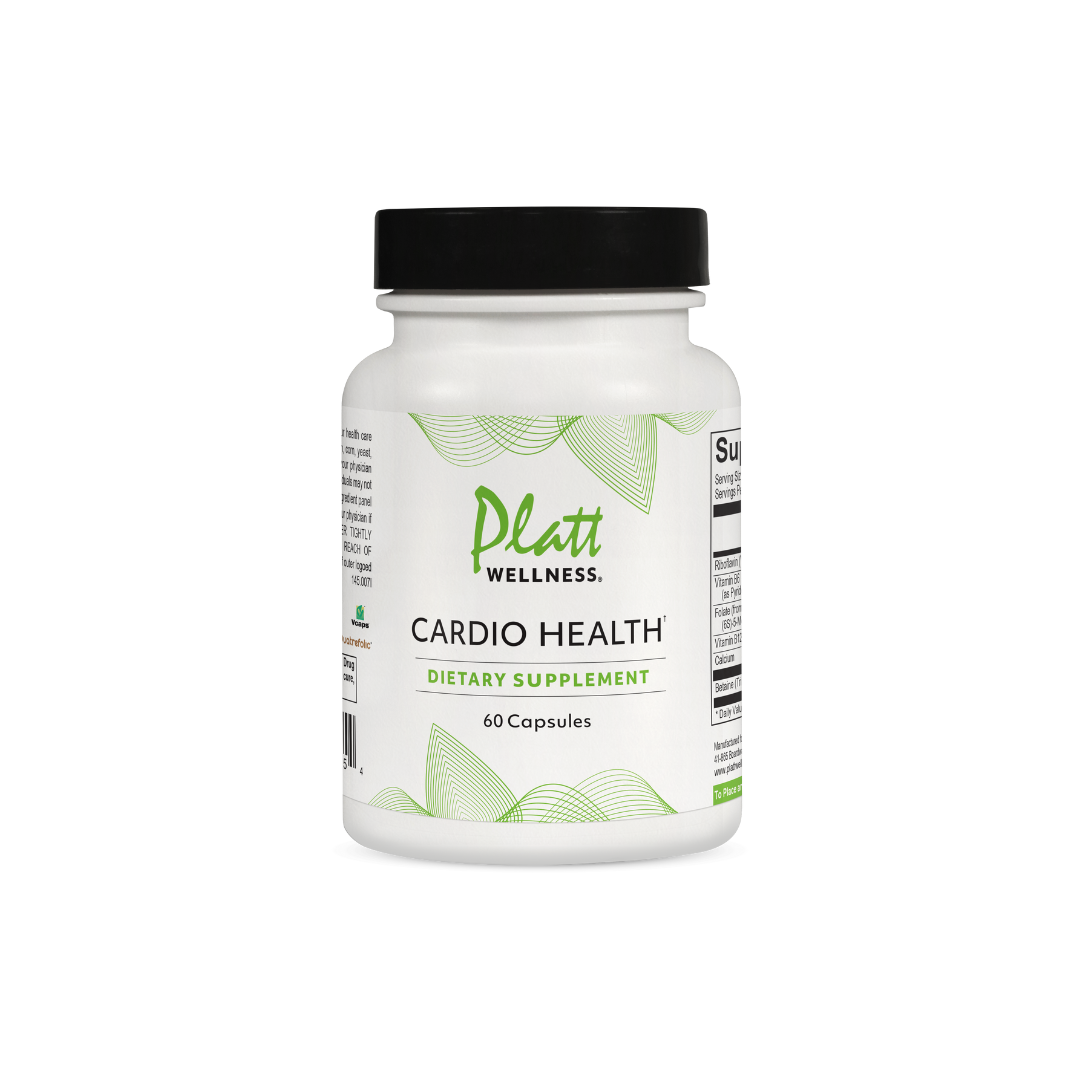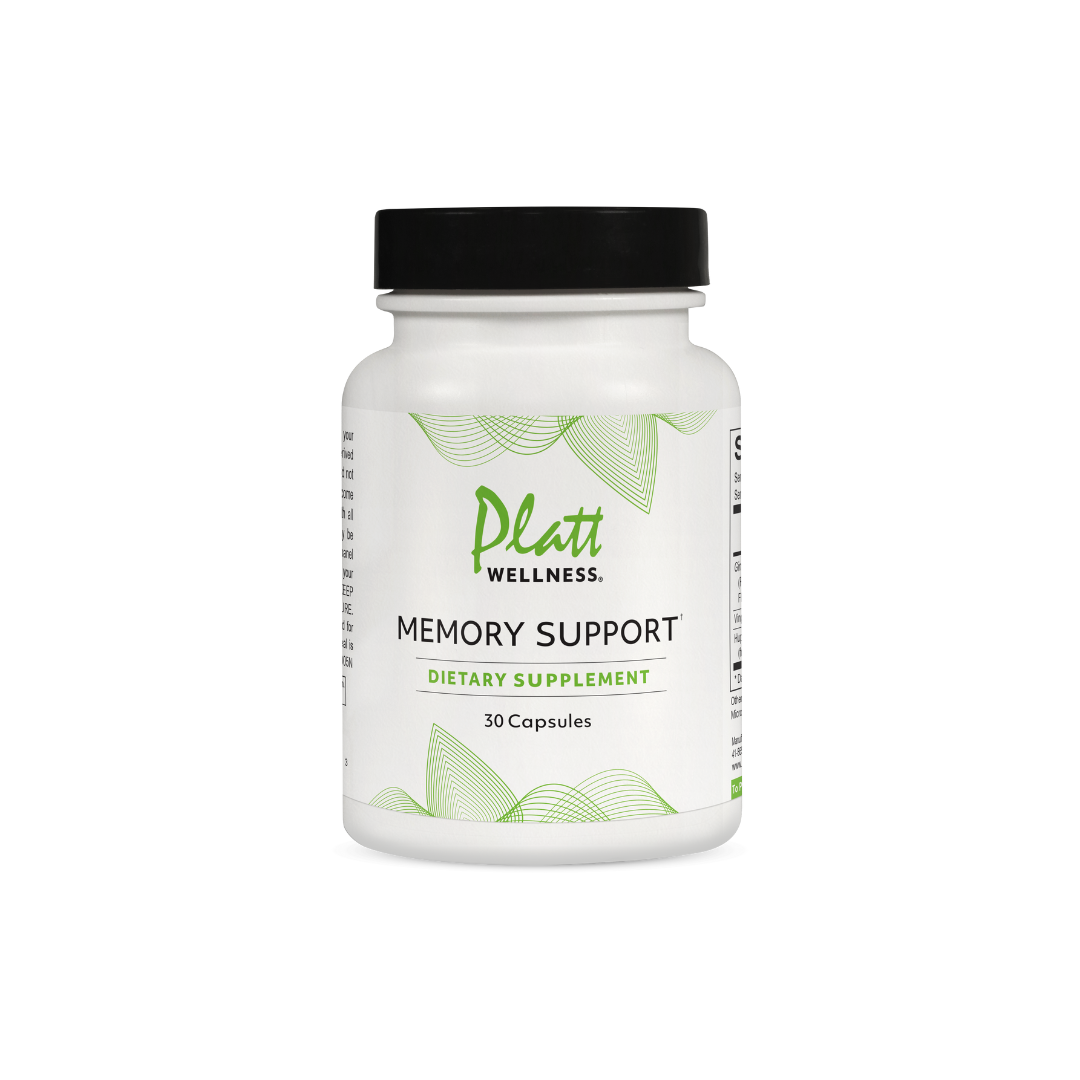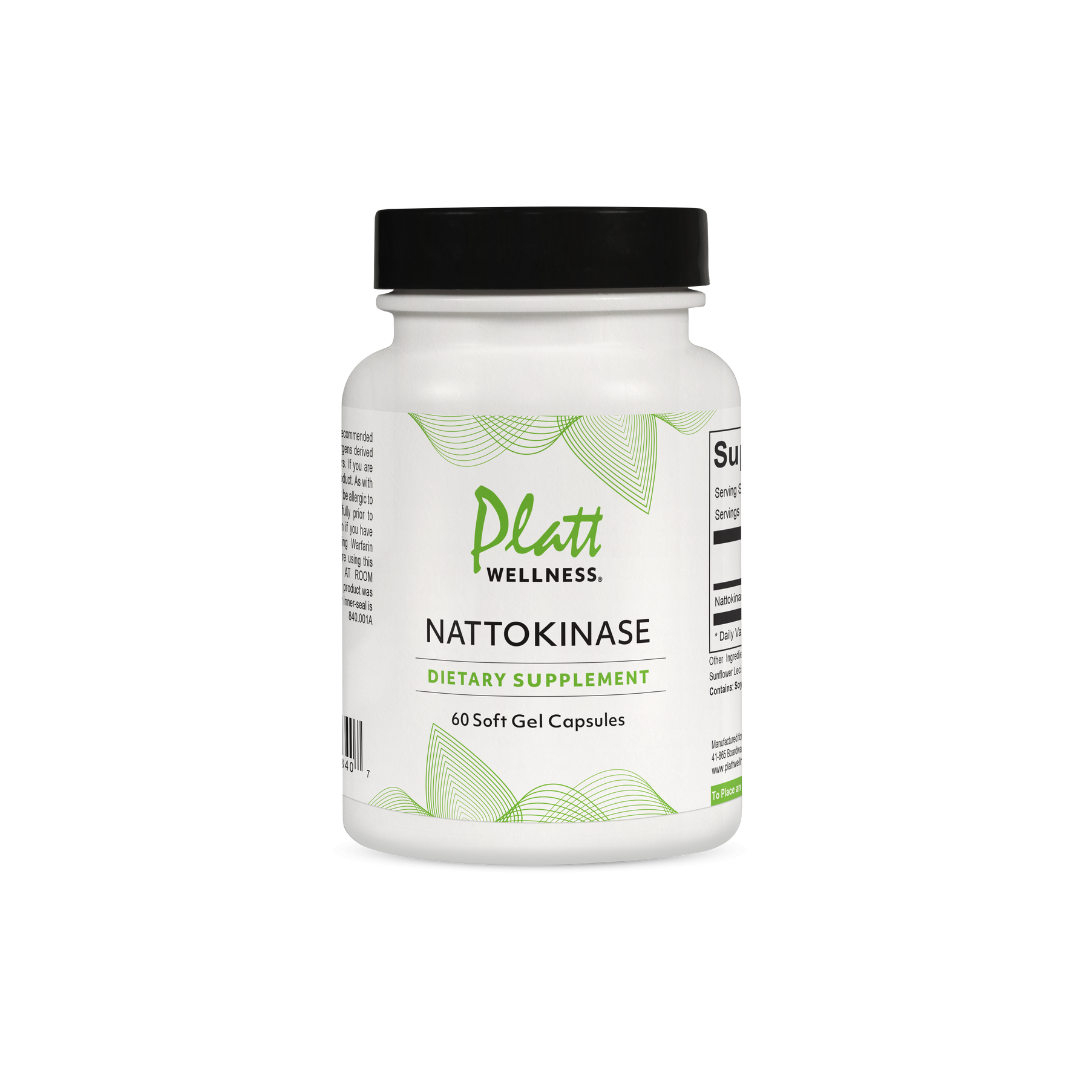As many of you know by now, they are now pushing lap-band surgery as a first-line therapy for type II diabetes. This is quite a dramatic turn around since it used to be designated as the therapy of last resort.
So what are the implications of this new recommendation? Well, to me it indicates that they are finally admitting that they have nothing to offer diabetics in terms of a cure. Not only that, they have not been very successful in preventing the complications of diabetes, or relieving them.
In spite of what they claim, lap-bands do not “cure” diabetes. In other words, take away the lap-band and the diabetes will return. It is basically another band-aid which is the basic approach to all things medical. The idea of treating the underlying cause of conditions is not within the ken of most healthcare practitioners.
So what is my take on this situation? My feeling is that doctors have always approached type II diabetes as a disease of too much sugar. In addition, they say that it is caused by insulin resistance – in other words, there is a problem of insulin transporting sugar into the cells.
Needless to say, I have always had a different take on this. For the most part I have suspected that type II diabetes was caused by the body producing too much insulin which resulted in the body’s fat cells to get filled up with fat. Insulin not only creates fat by pushing sugar into fat cells where it is converted into fat for storage, but it also sits outside fat cells and prevents the release of fat – it is a fat-storing hormone. This is why most diabetic medications cause weight gain because they increase insulin levels.
To continue, many people are thin when they are young which is the time they develop fat cells. If this is the case, they may not develop many fat cells so that later in life these fat cells can get filled up with fat. At this point it would be difficult for insulin to get sugar into these cells which I feel is where the resistance comes from. The result is a rise in blood sugar and hence they get diagnosed with diabetes.
As a result they often get started on a medication to raise insulin levels, which is not only the hormone that causes diabetes, but it is also the hormone that I feel results in many of the complications of diabetes.
However, and it is a big however, the answers to two questions need to be determined if someone has high sugar levels:
1) are they still producing insulin? – this can be tested for by doing a c-peptide level, and
2) what is the reason the body is over-producing insulin in the first place? With regard to the first question, those people who get sleepy between 3-4pm or sleepy after eating are likely to be producing too much insulin.
The answer to question number two is of paramount importance, and introduces the concept of excess adrenaline. Excess adrenaline has an important connection to diabetes, starting with the fact that it is the primary cause of a person being labeled "pre-diabetic".
Most people are unaware that the most important function of adrenaline is to insure that the brain always has sufficient glucose in order to function. The brain actually uses more glucose than any other tissue in the body. Adrenaline levels often peak around 2:30 am, because the brain runs out of fuel around that time. Through a process called gluconeogenesis, adrenaline converts protein into glucose. This release of adrenaline creates stress to the body, resulting in the release of cortisol to deal with the stress. Cortisol alleviates stress by creating glucose as well, via a process called glycogenolysis. So now there are two hormones raising sugar levels (which is why diabetics often find that their sugar levels are highest in the morning when they arise). This release of sugar causes the release of insulin, and contributes to the development of insulin resistance due to fat cells continuously filling up with fat.
This is a scenario depicting a possible mechanism leading to the onset of diabetes. It is a definitive scenario for the creation of unwanted fat while a person is sleeping, or trying to. There are millions of people with diabetes, and millions of people fighting excess weight. There are also millions of people who have other problems related to excess adrenaline: insomnia, ADHD, anxiety, anger issues, fibromyalgia, overactive bladders, tinnitus, etc. The point being is that this release of excess adrenaline is incredibly common, but it is a completely ignored phenomenon by the medical community.
However, allow me to end this on a positive note. By treating the reason why the body releases excess adrenaline, it is possible to alleviate every one of the conditions mentioned above, including diabetes. This protocol is enhanced by adding a 5% progesterone cream such as Platt PRO 5% - the exact strength needed to block adrenaline. Not only does it block adrenaline, it also blocks insulin.
Dr. Michael E. Platt has been a pioneer in the research and advancement of the therapeutic use of progesterone cream for use in managing adrenaline and hormonal imbalance. Dr. Platt is considered an important pioneer in observational, functional, alternative, and allopathic medicine focused on bio-identical hormones and adrenaline overload. His three books “The Miracle of Bioidentical Hormones”, “Adrenaline Dominance” and “Platt Protocol” have received 11 literary awards.









This is the most interesting and most believable rationale I have ever read